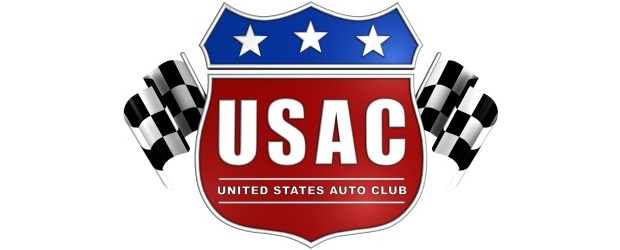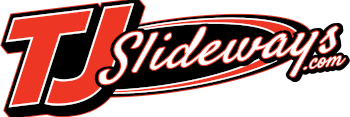
By Dick Jordan
Midget Engine RPM limits effective for the 2011 racing calendar were announced today by USAC targeting reductions in the cost of engine builds and increasing time between maintenance cycles. RPM limits were achieved due to an extensive and ongoing program of data acquisition and analysis commissioned by USAC for Ilmor Engineering throughout 2010.
Data was derived from a large number of comparable chassis dyno power curves representing the most efficient platforms, along with racing data acquired from a large variety of racing venues including big and small ovals, dirt and pavement.
The following RPM limitations are in effect for the 2011 season: 8700 RPM for Push Rod Engines (166 c.i.), 8800 RPM for Crossflow engines (174 c.i.) and 9800 PRM for Single Overhead Cam (161 c.i.). These limitations result in a performance difference of less than 4%.
Additionally, the Esslinger EST has been approved as a sealed engine platform eligible for competition at all USAC midget racing events beginning with the 2011 racing season. The Esslinger EST is sealed and approved with a factory RPM limit of 9400 RPM.
USAC will continue to monitor and evaluate RPM limits throughout the 2011 racing season, with several review points planned.
USAC personnel are currently working with the ignition suppliers (MSD and EFI) to ensure that additional costs are not incurred by Midget owners for RPM controls and an easy solution for validation is provided to USAC and other sanctioning bodies for trackside evaluation.
Ilmor Engineering will conduct a seminar of their findings for interested midget teams and suppliers during the December trade shows, the time and date to be announced in the coming weeks.
“USAC has done their diligence on studying RPM limits through the Ilmor Engineering analysis,” says Dan Esslinger, President of Esslinger Engineering. “The timing is right for controlling RPM as a means to help contain cost escalation in midget racing over the years.”
